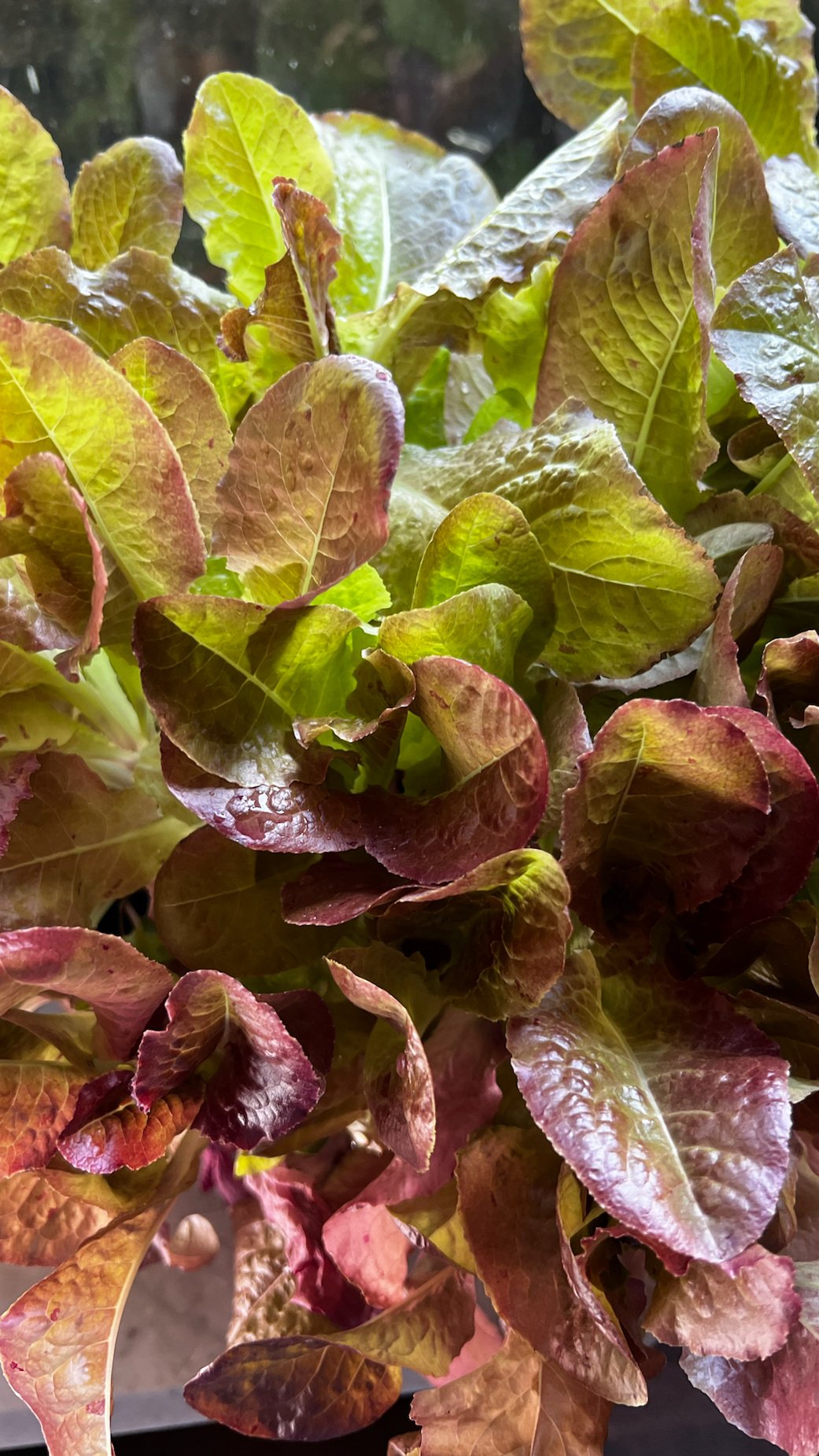Crop rotation
In 2020, I inherited a pouch of lettuce seeds flown on the International Space Station. After growing the seeds into mature plants and producing several life drawings, their image is returning to space onboard a NASA satellite.
The seeds
In 2020, I started a collaborative art project with Luke Idziac and NASA’s Ames Research Center. The project aimed to integrate space science with the arts by etching art onto the bodies of small satellites constructed at the research center. The project was heavily inspired by the Voyager Golden Record.
For my contribution, I wanted forms that countered the hard masculine edges of the satellite with organic shapes that spoke to the ornamental history of plant life in art historical cannon. I was drawn to lettuce grown aboard the ISS because it looked almost floral, but represented critical research into sustaining human life in the harsh environments of space. I inherited lettuce seeds produced from plants flown aboard the ISS from Lisa Ruth Rand, a former postdoc at the University of Wisconsin - Madison.
The Process
I planted the seeds in order to produce a drawing of them from life, instead of from photographs taken on board ISS. The nurturing process was just as much a part of the art as the final image. This was very much a project about countering the the overt masculinity of satellite engineering with art about coaxing life from the harsh landscapes of space.
Since the seeds were descended from plants flown aboard the International Space Station, I dubbed the project “Crop Rotation,” in order to speak to this particular lettuce family’s trans-generational presence in space and the the orbital rotation of its satellite host.
HARDWARE
The satellite art is hosted aboard NASA’s TechEdSat-11, part of a suite of satellites designed to evaluate new technologies for use on CubeSats. The project pairs university students with NASA researchers in order to complete the satellite design.
The Art
Once the lettuce plant matured, I did several life drawings, and then used these to produce a vector image to be etched onto the body of the satellite.
Now integrated, the satellite is scheduled to launch in summer of 2023.



















